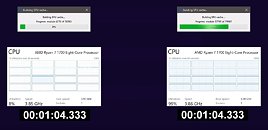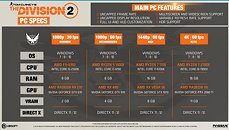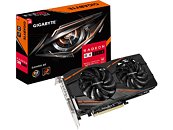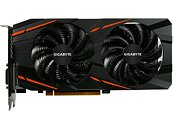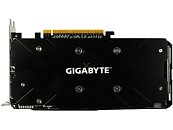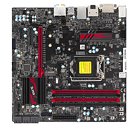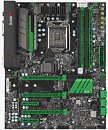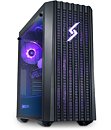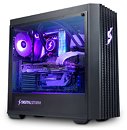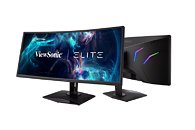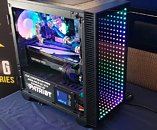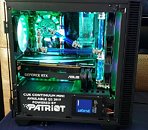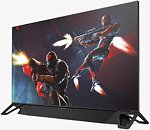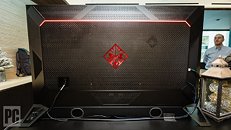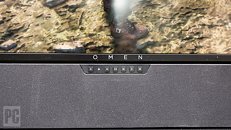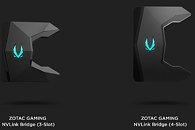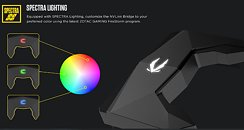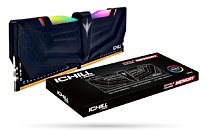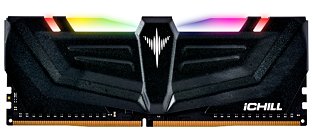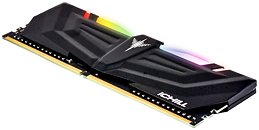
Google Announces Stadia Cloud Gaming Service at GDC 2019
We knew this was coming, especially after Google's teaser from earlier this month. Project Stream was a proof-of-concept in collaboration with Ubisoft, to see whether AAA gaming was possible over the internet. Things were smooth most of the time in our own experience, but there remained questions over how the concept would translate over to a finished product, especially with infrastructure challenges on the client side of things. Google's keynote at GDC just wrapped up, and the main focus was Stadia- the now named cloud gaming service borne out of Project Stream.
Stadia is built with instant access in mind. An example demo came in the form of Ubisoft's Assassin's Creed Odyssey, which was used in the public test before. It is integrated with partner YouTube channels such that a trailer for a supported game would have an option to play said game, which would then launch immediately. Stadia is built with support from a wide partner network including AMD, Unity, id Software, and more, with details seen past the break.
Stadia is built with instant access in mind. An example demo came in the form of Ubisoft's Assassin's Creed Odyssey, which was used in the public test before. It is integrated with partner YouTube channels such that a trailer for a supported game would have an option to play said game, which would then launch immediately. Stadia is built with support from a wide partner network including AMD, Unity, id Software, and more, with details seen past the break.





